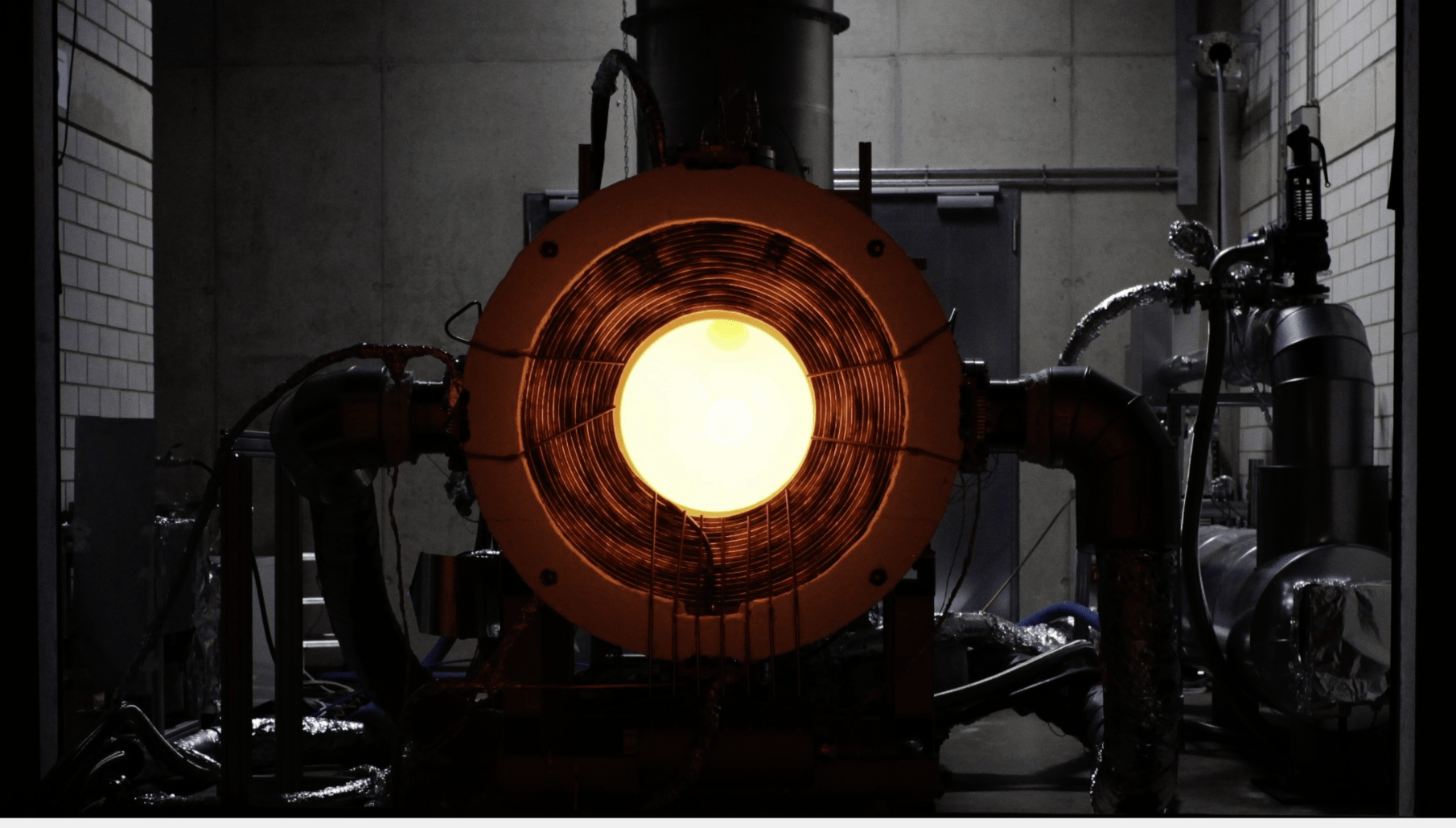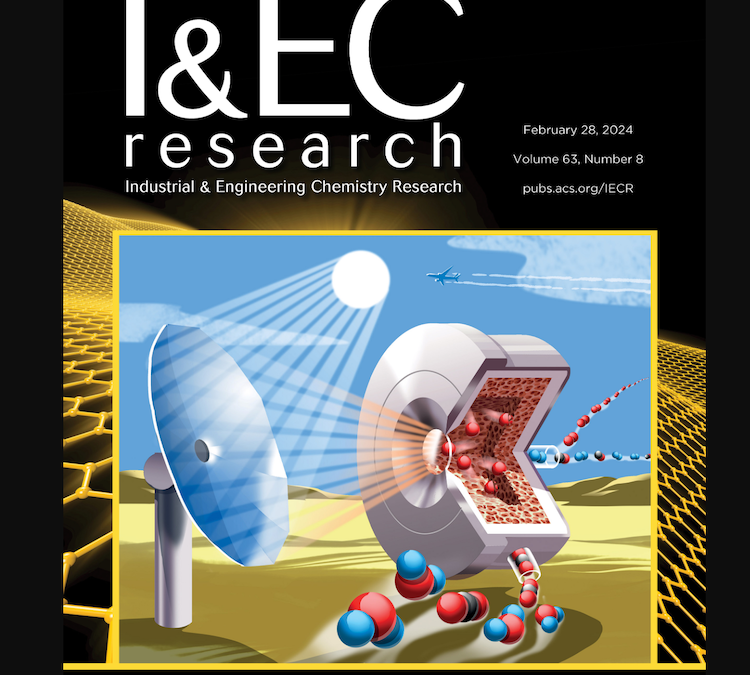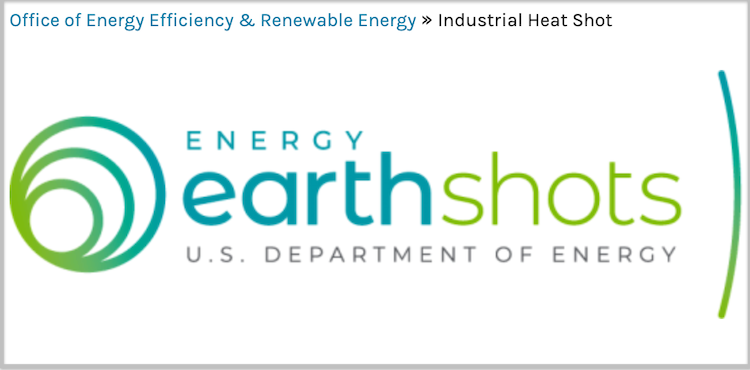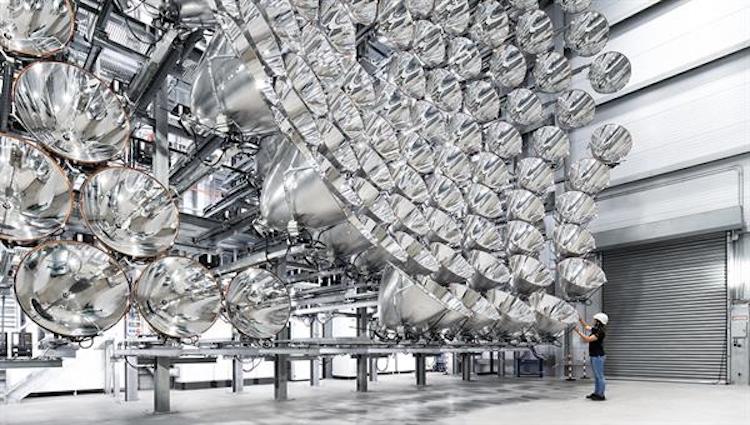U.S. DEPARTMENT OF ENERGY ANNOUNCES $33 MILLION TO DEPLOY SOLAR TECHNOLOGIES TO DECARBONIZE AMERICA’S INDUSTRIAL SECTOR Nine Projects Across Seven States Will Support Solar-Powered Production of Hydrogen and Lower Emissions from the Aviation, Food and Beverage, and...




























































